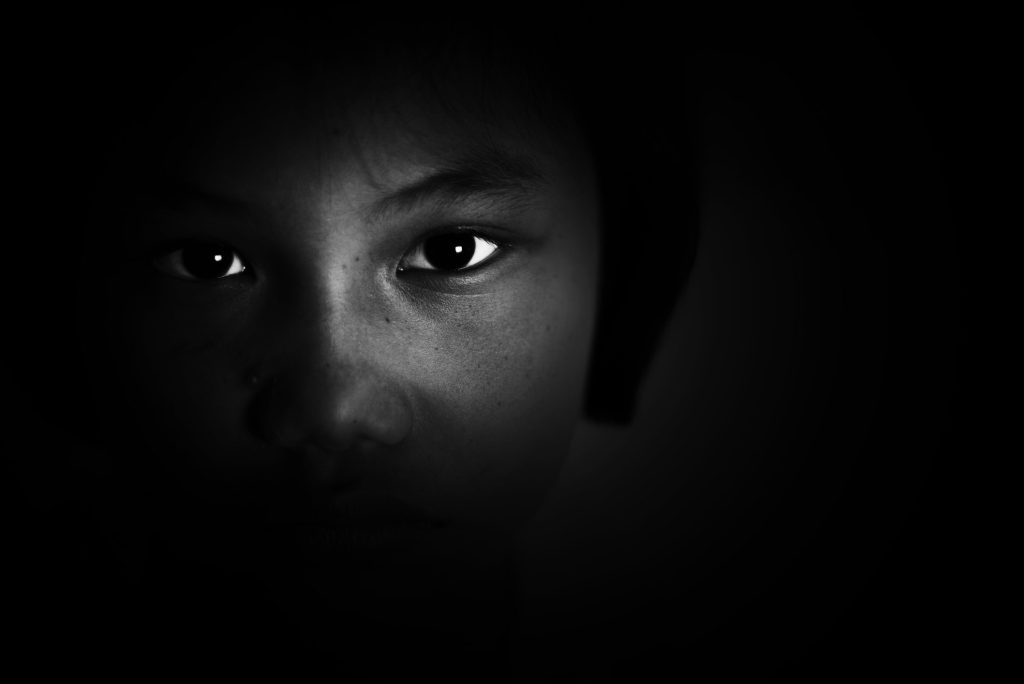In the shadows of our bustling world lies a grim reality that predates modern civilization yet remains as pressing today as ever before: human trafficking. This egregious violation of human rights ensnares millions in forced labor and sexual exploitation, weaving a complex web that spans across continents and cultures. With the advent of National Human Trafficking Awareness Day on January 11, a beacon of hope shines on this dark issue, rallying communities, governments, and organizations worldwide to stand united against this scourge. This day not only marks a pivotal moment in the ongoing battle for freedom and dignity but also serves as a poignant reminder of our collective responsibility to confront and eradicate this form of modern-day slavery. From the historical chains of bondage to the digital age's invisible shackles, the fight against human trafficking demands our unwavering commitment and action. How did this day come to symbolize such a critical global issue, and what steps can we take to ensure a future where every individual's freedom is respected and protected?
Key Takeaway
Day Activities
-
Kickstarting the Day with Education: National Human Trafficking Awareness Day begins with workshops and seminars aimed at demystifying the complex nature of human trafficking. Experts and survivors share their insights, shedding light on how to spot and prevent exploitation. Schools and communities often host these enlightening sessions, making knowledge our first line of defense.
-
Engagement Through Social Media: As the day progresses, social media becomes a hive of activity. Hashtags like #EndHumanTrafficking and #HumanTraffickingAwareness buzz with stories, infographics, and videos. This digital rally unites folks from all walks of life, amplifying the message that freedom is everyone's right.
-
Candlelight Vigils to Honor Survivors: As dusk falls, communities gather for candlelight vigils. These solemn events serve as a powerful reminder of the resilience of survivors and those still caught in the web of trafficking. Each flickering flame symbolizes hope and the collective commitment to extinguish this dark practice once and for all.
Interesting Facts
1. Established in 2007
In 2007, U.S. Congress set up National Human Trafficking Awareness Day to spotlight this grave issue.
2. January 11 Significance
Chosen for the anniversary of a 2002 proclamation against child exploitation, marking a key moment in anti-trafficking efforts.
3. Aims to Educate
This day focuses on teaching the public how to spot trafficking signs and support victims, making a real difference.
4. Honors Survivors
It's also about celebrating the strength and resilience of those who've survived human trafficking, acknowledging their journey.
5. Global Agreements
The United Nations protocols adopted in 2000 were pivotal in the global fight against human trafficking, setting a legal framework.
Why We Love This Day
-
Shedding light on a shadowy issue: National Human Trafficking Awareness Day pulls back the curtain on the grim reality of human trafficking, a crime that often lurks in the shadows. By focusing on education and awareness, this day helps people understand the breadth and depth of the problem. It's not just about recognizing the signs; it's about realizing that this issue affects communities everywhere. Knowledge is power, and with it, we're better equipped to combat this violation of human rights.
-
Empowering survivors and communities: This day isn't just about the doom and gloom; it's also a celebration of resilience and strength. Survivors of human trafficking are honored, their stories heard, and their courage celebrated. Communities come together, armed with new knowledge and resources, ready to take a stand. It's a powerful reminder that every individual has a role to play in this fight, from spreading the word to supporting survivors in their journey toward healing.
-
A call to action for everyone: What's really cool about National Human Trafficking Awareness Day is how it transforms awareness into action. It's not enough to just know about the issue; this day challenges everyone to do something about it. Whether it's volunteering, educating others, or simply being more mindful of the signs, there's a way for everyone to contribute. It's a day that says, "Hey, you can make a difference," and that's a message worth rallying around.
Past & Future Dates
| Month | Day | Year |
|---|---|---|
| JANUARY | 11 | 2022 |
| JANUARY | 11 | 2023 |
| JANUARY | 11 | 2024 |
| JANUARY | 11 | 2025 |
| JANUARY | 11 | 2026 |
| JANUARY | 11 | 2027 |
| JANUARY | 11 | 2028 |
FAQ
What is National Human Trafficking Awareness Day?
National Human Trafficking Awareness Day, observed every January 11th, turns the spotlight on a grave issue that affects individuals, families, and communities worldwide. The day is dedicated to raising awareness about human trafficking, a heinous crime that exploits humans for labor, sex, or other nefarious purposes.
Is January 11th human trafficking Day?
Indeed, in the United States, January 11 is set aside as National Human Trafficking Awareness Day. This significant day serves as a platform to raise public consciousness and inspire action against the scourge of human trafficking and forms of modern-day slavery.
Why wear blue on Jan 11?
Wearing blue on January 11th serves as a powerful gesture of unity and support in the battle against human trafficking. The color blue has been chosen by Homeland Security as the symbol for human trafficking awareness. By donning blue apparel and sharing the moment on social media with the hashtag #WearBlueDay, individuals can make a bold statement and encourage others to join the fight against this injustice.
What is the color for human trafficking awareness Day?
Blue stands as the internationally recognized color for human trafficking awareness. On National Human Trafficking Awareness Day, everyone is encouraged to sport their best blue items, snap a photo, and then share it online with the hashtag #WearBlueDay to spread the word and show solidarity in the effort to eradicate human trafficking.
